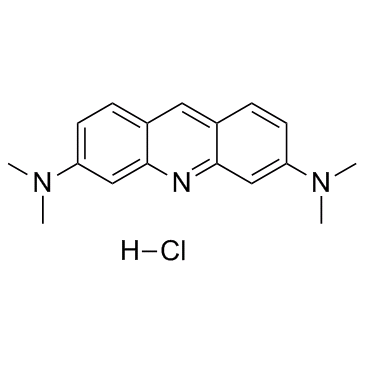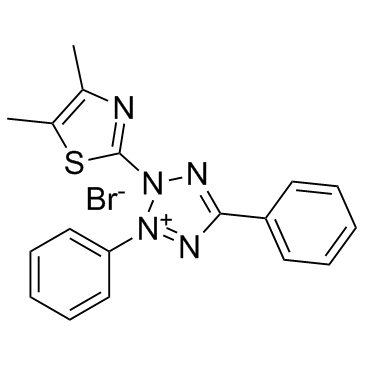| Structure | Name/CAS No. | Articles |
|---|---|---|
 |
Ethidium bromide
CAS:1239-45-8 |
|
 |
Acridine Orange hydrochloride
CAS:65-61-2 |
|
 |
Thiazole
CAS:288-47-1 |
|
 |
Thiazolyl Blue
CAS:298-93-1 |